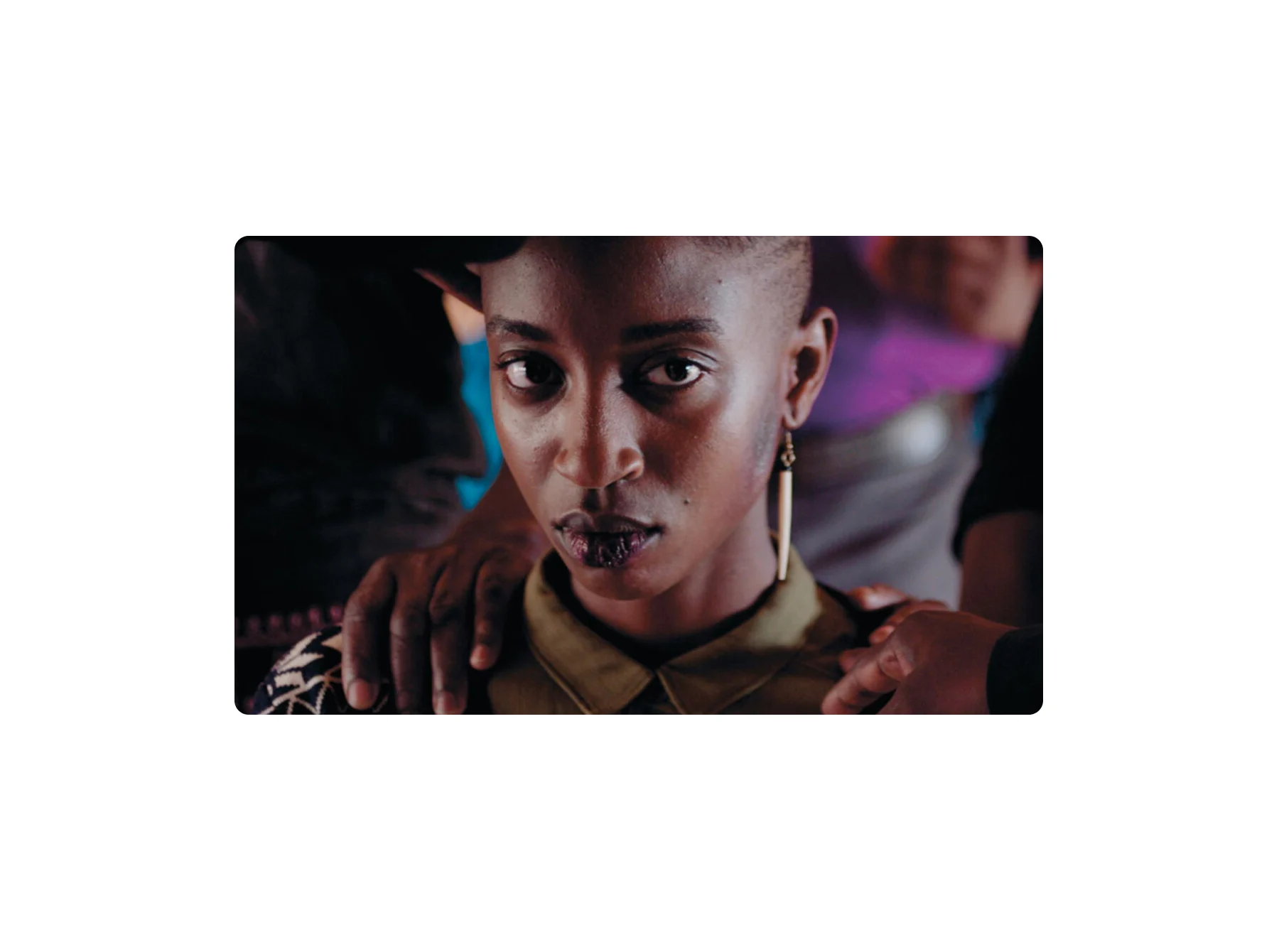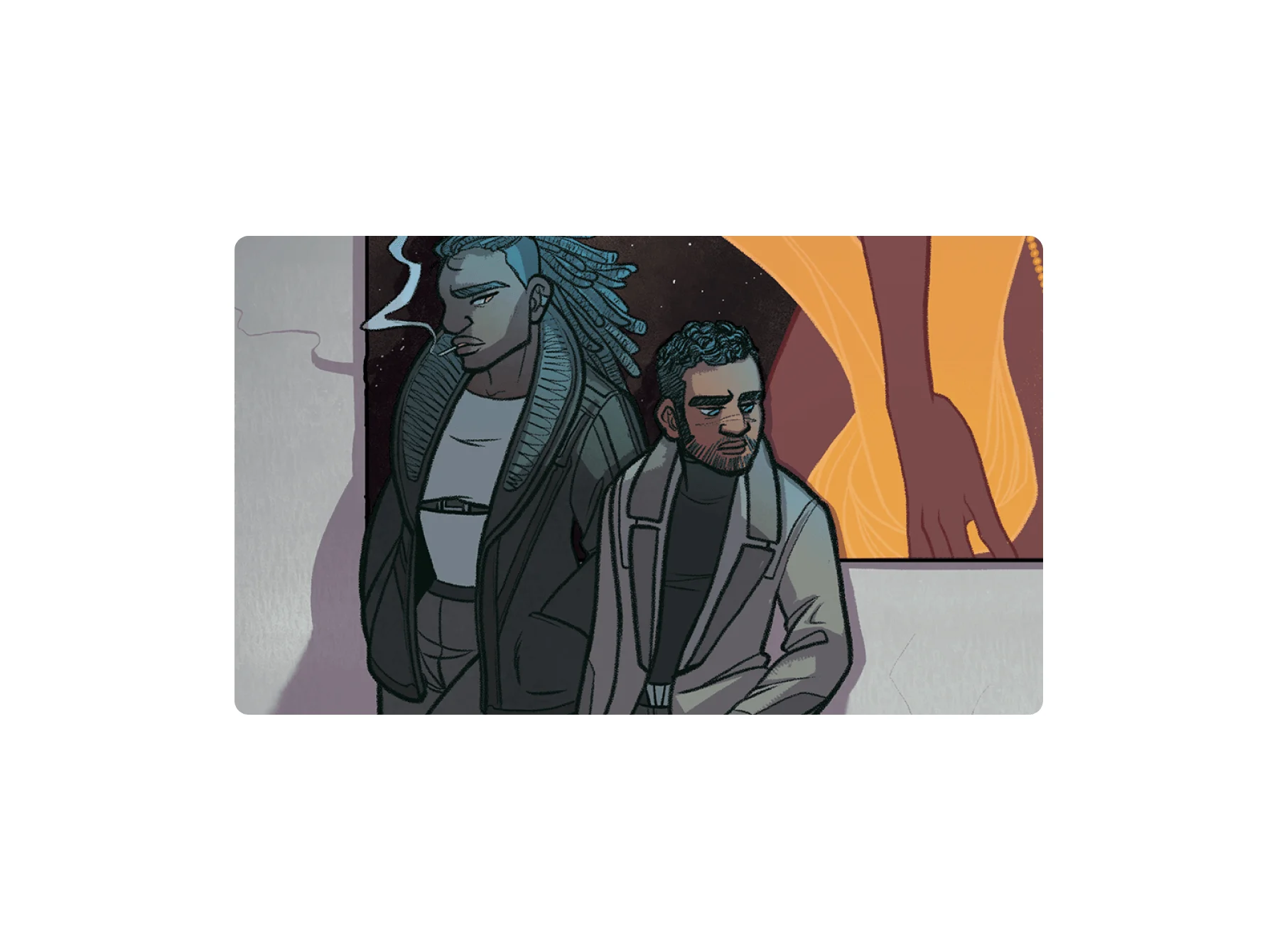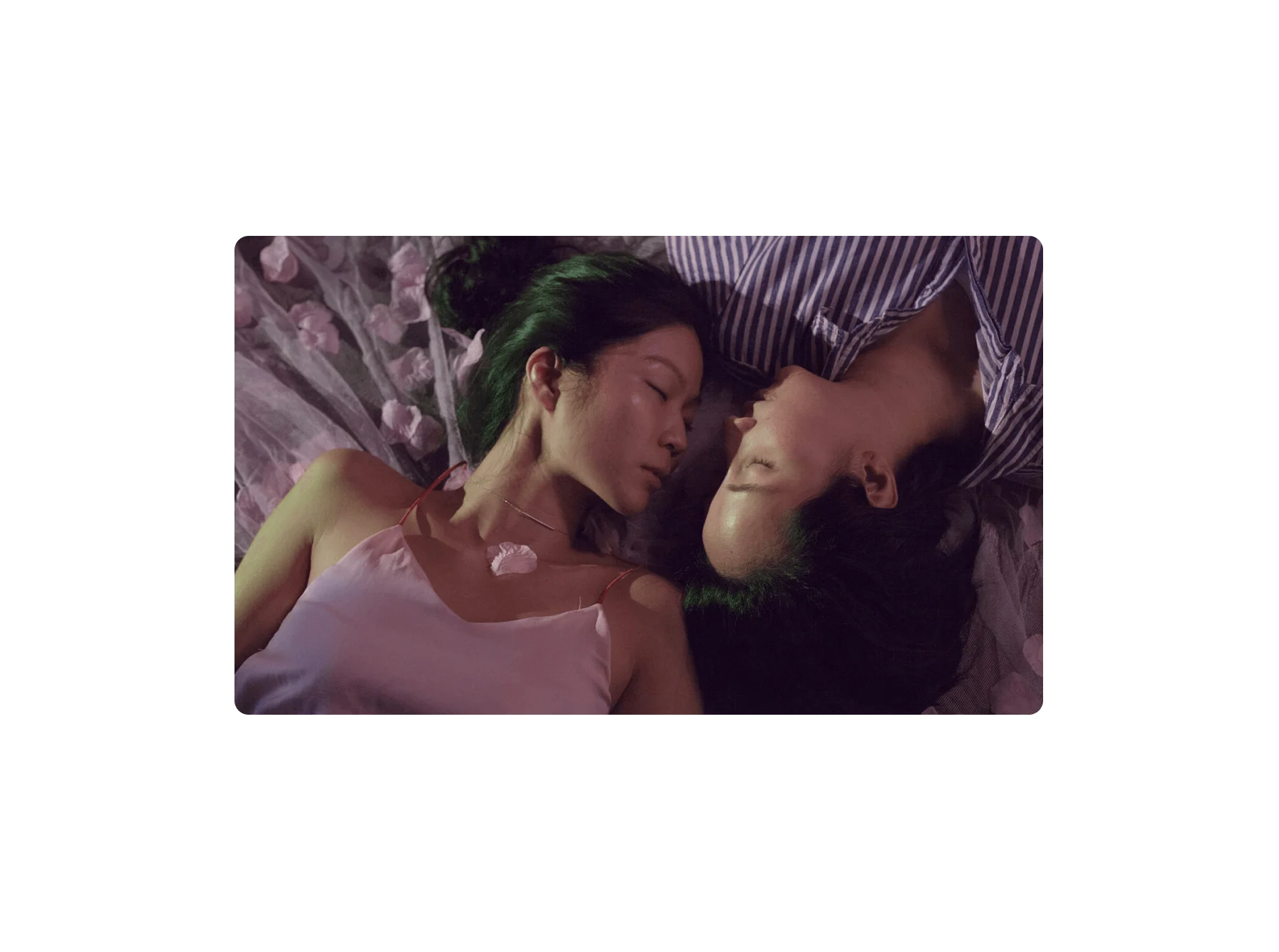
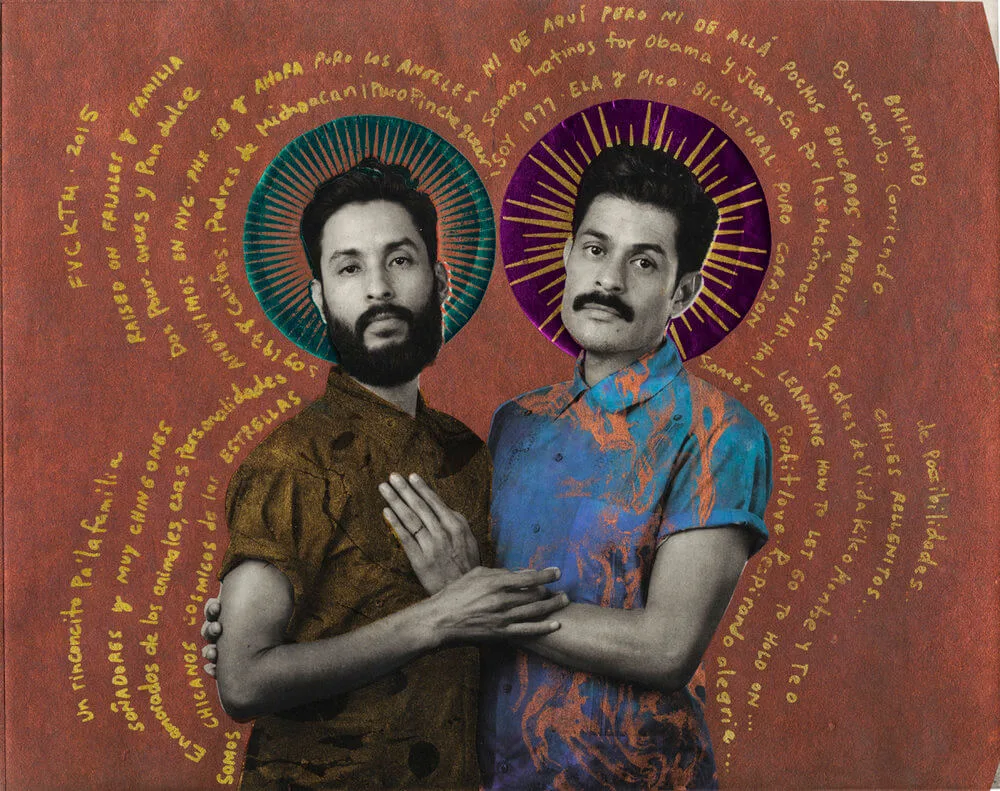
Gabriel Garcia Roman grew up Catholic in a Mexican family in Chicago. Frescoes and paintings of saints in cathedrals were his first introduction to art and have a strong influence on the work he makes today. In his series Queer Icons, QTPoC (queer trans people of color), activists and community organizers stand hallowed in photographs, their radiant halos like the saints Gabriel grew up with.
This story is part of our Through The Prism of Pride series, where we present stories from LGBTQ+ communities around the world. From London to Lagos, we explore how creative expression can bring about change, understanding and acceptance. See the whole series here.
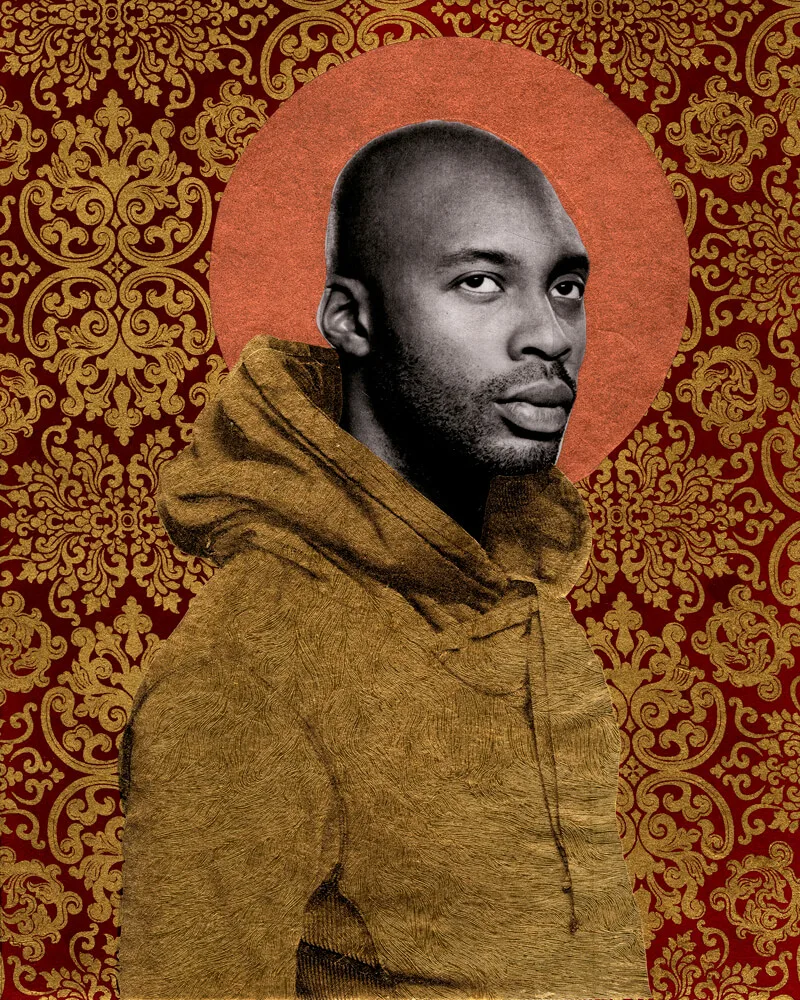
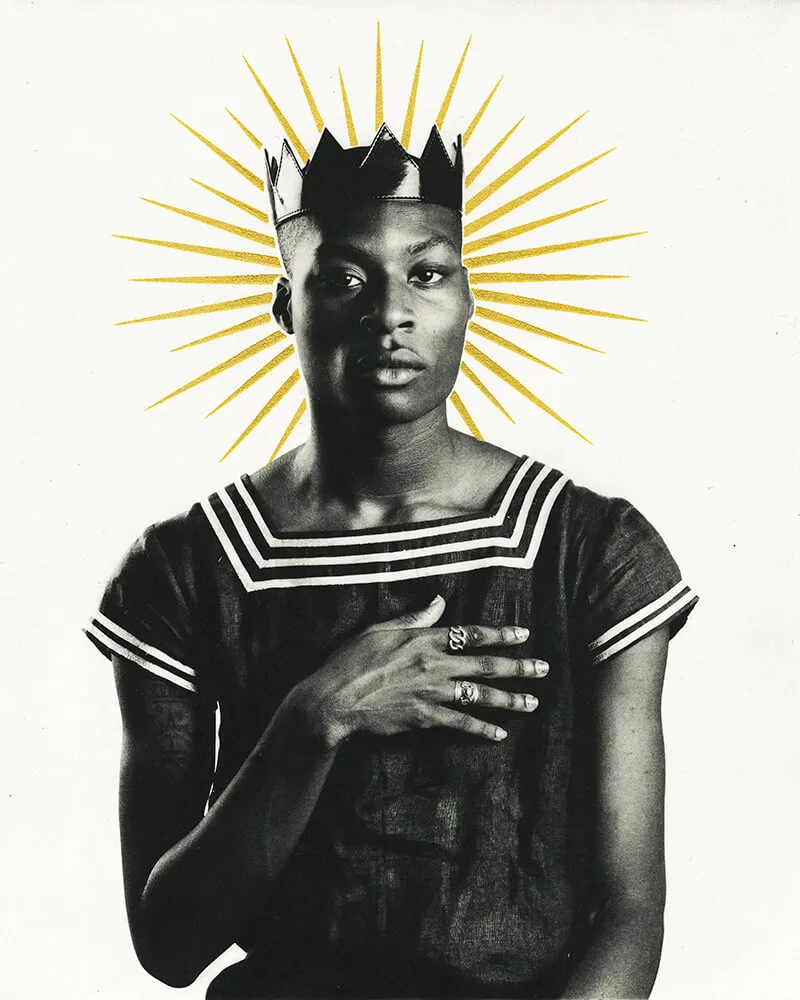
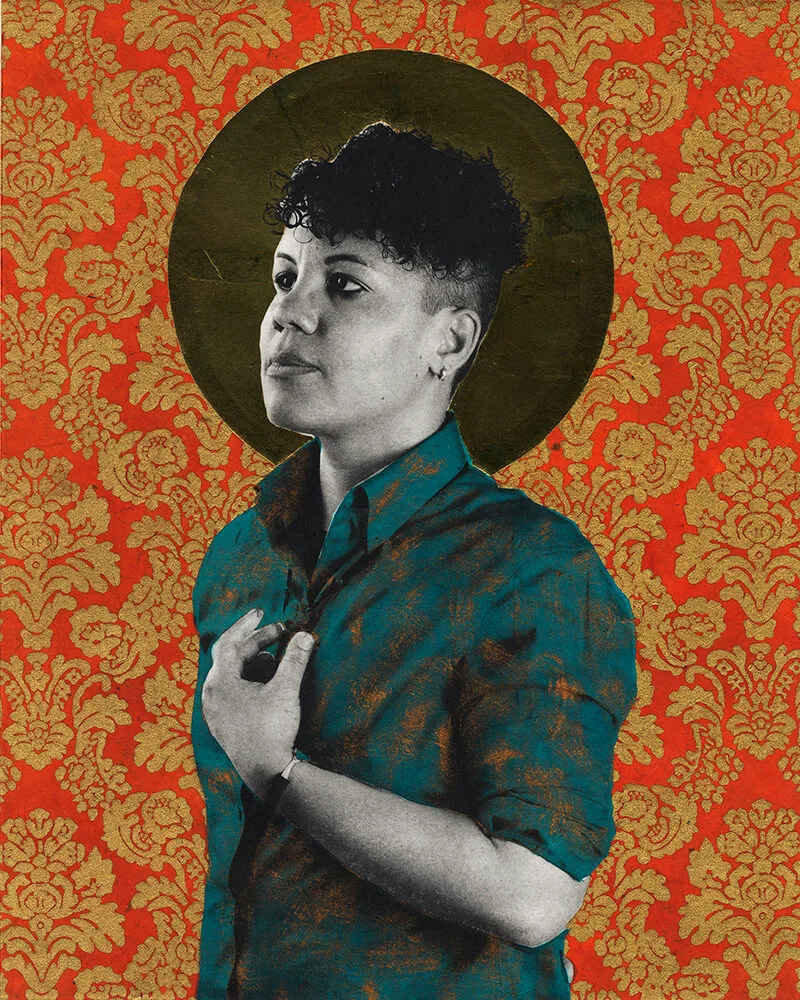
“They are the modern day saints of our community,” he says. “I see halos as a badge of honor. Saints are human beings that went above and beyond their call as humans for the betterment of mankind. They earned their halos.”
When marriage equality became a focus in the media and as queer identities became more visible in the United States, Gabriel noticed a severe lack in representation of queer people of color. He decided to respond to this gap by creating a personal body of work to highlight his own community of friends. Close to six years later, Queer Icons has grown to become his life’s work. The collection has been shown in churches, cathedrals and in art institutions across the USA and Gabriel is often surprised by who is interested and impacted by the artworks.
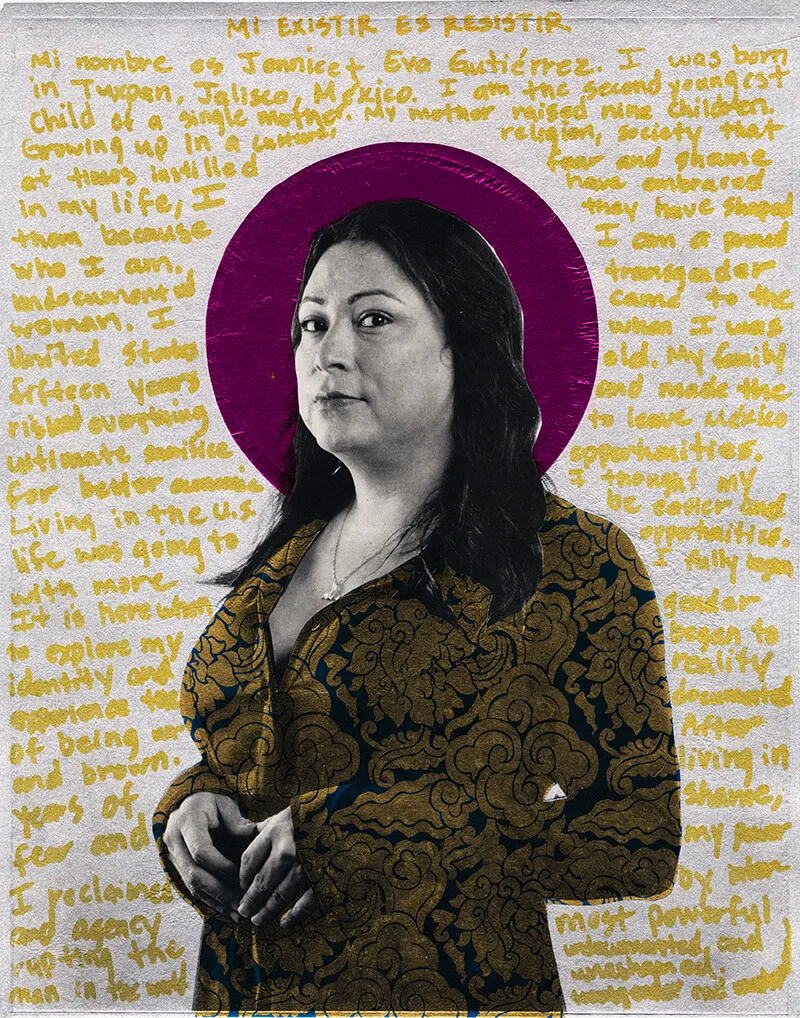
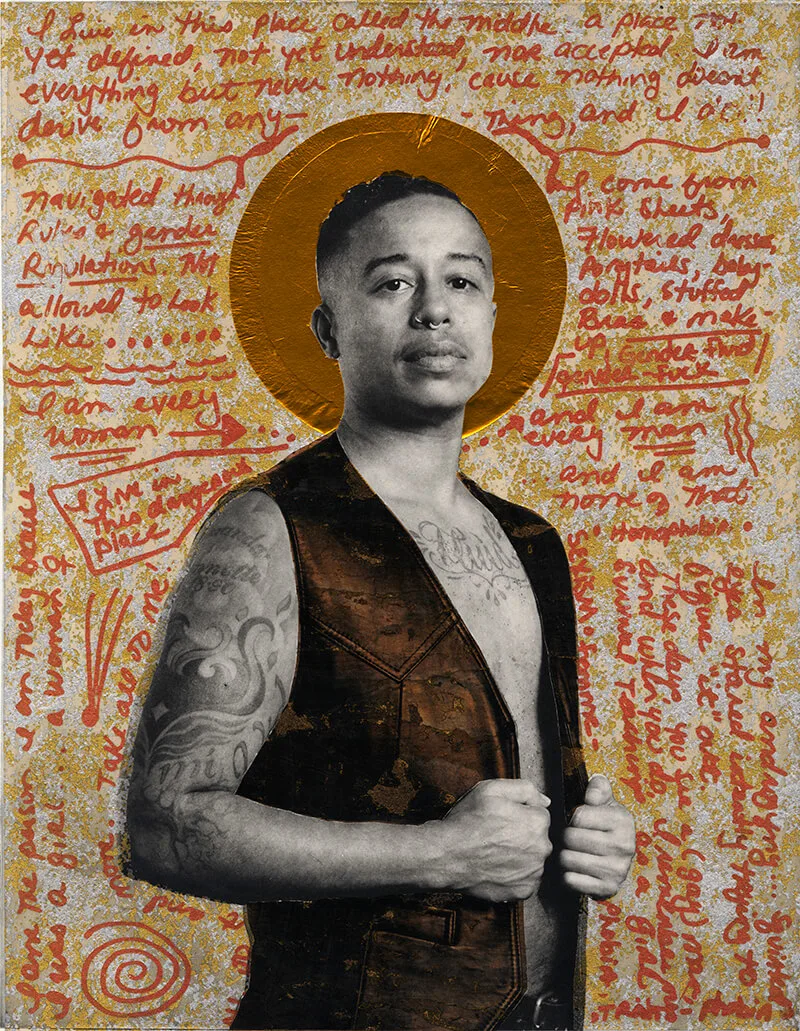
One day Gabriel received a private message on social media, one of many that he gets, from a queer black teen living in the south saying that his work had given him hope and a reason to continue living. Other people who have seen the work have been brought to tears.
“I think the young queer people of color living in rural areas need to see this work, so they can feel empowered by seeing somebody that looks like them in this light,” Gabriel says. “I think the person who has never met a queer person of color needs to see it too. Art has the power to humanize a community that the average person wouldn’t otherwise have access to."

Gabriel finds his subjects through Facebook, Instagram and Tumblr. “The QTPoC community is quite connected,” he says. “Once you’re plugged in you pretty much see who is out there doing the work.” For their portraits, he asks them to wear something that makes them feel powerful and regal. Before each sitting, he’ll spend time getting to know the person he is photographing.
“I always find it makes the person give their best when they feel comfortable with me,” he says. When it’s time to take their picture, he’ll play their music of choice and give them words to think about, like “royalty,” “power,” “defiance” or “pride.”
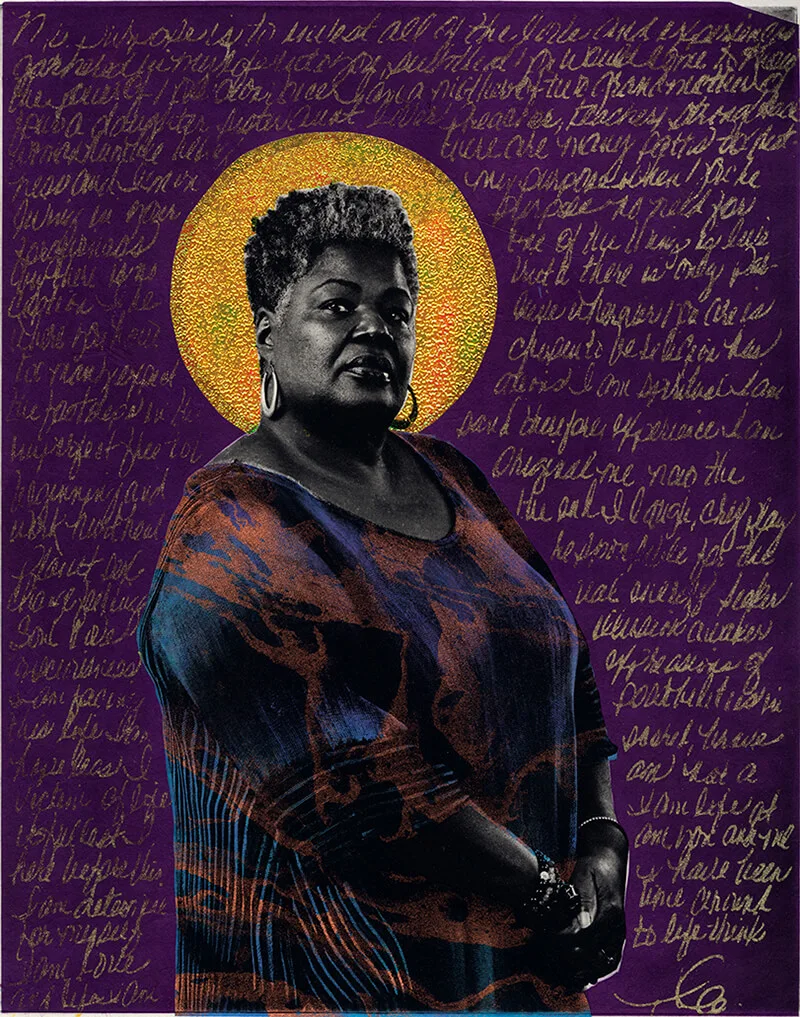
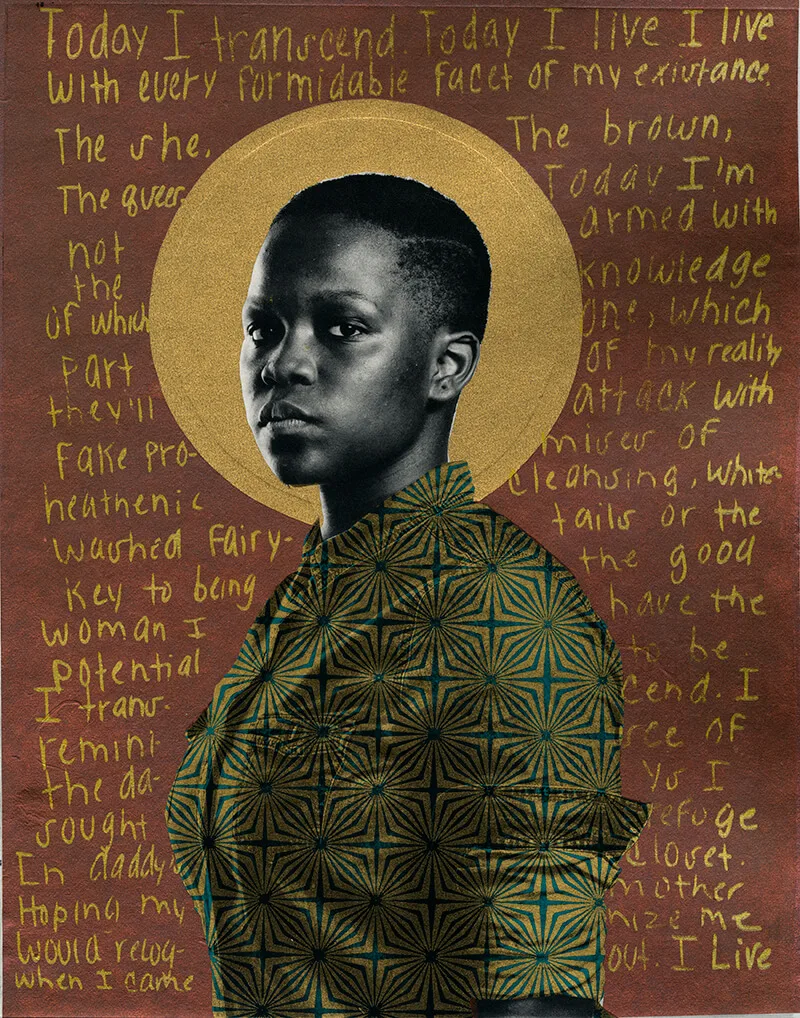
The backgrounds of the photographs are filled with text handwritten by his subjects sharing their thoughts on identity. “It could be their identity as a queer person, as a person of color, as an activist, artist or the intersections of all of the above,” Gabriel says. “I tell them to write something that they want to put out into the world asking, what do you want the world to know about you?”

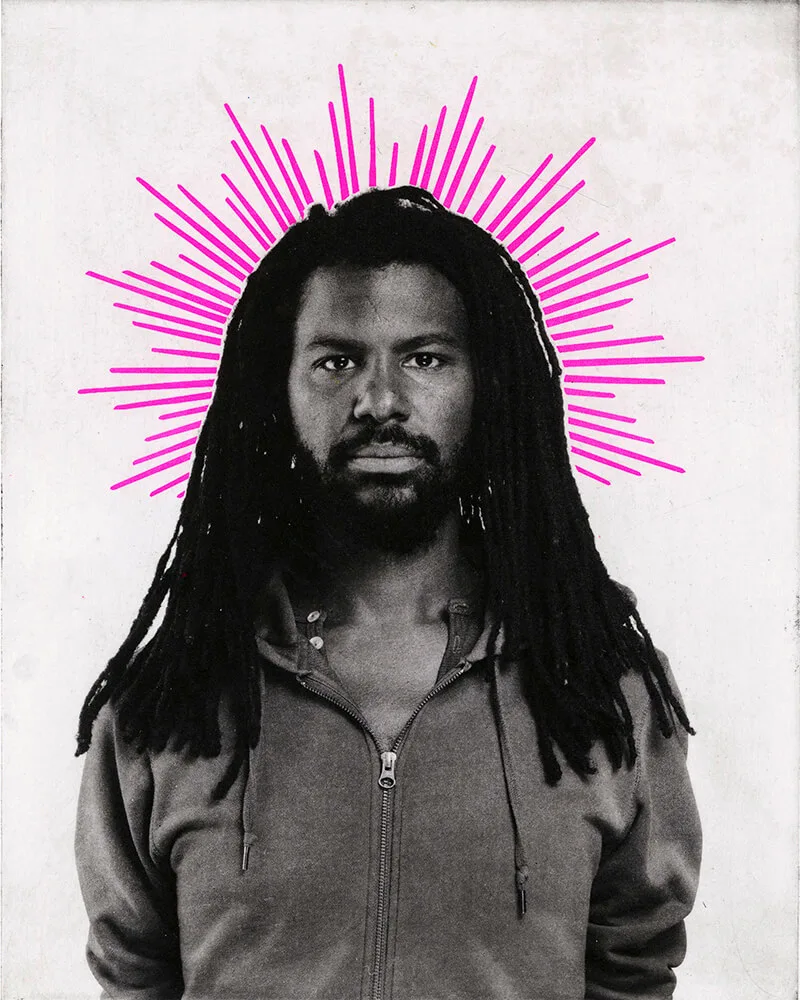
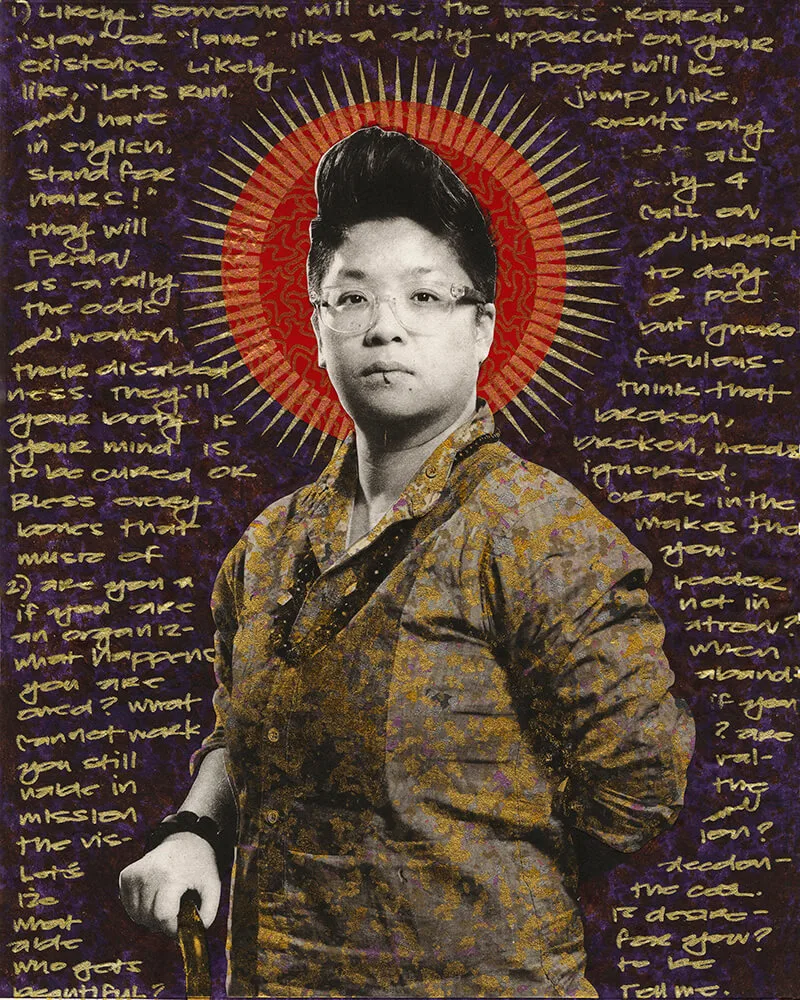
To create his textural artworks, Gabriel uses a multi-step printmaking process. It takes several weeks to produce each image. The photographs are photogravure prints where the photographic negative is transferred to a metal plate and etched in. He adds patterns and textures to the prints using decorative papers in a chine-collé technique, making variations of each portrait. The last step is adding the subject’s words through screen-printing. The final images are presented in gilded wooden frames that Gabriel custom-makes, inspired by his annual trips to Mexico to visit his retired parents. “Even the humblest of homes have ornate or gilded frames with a saint or La Virgen de Guadalupe,” he says.
The extraordinary results of all the hours of labor are powerful portraits of a strong and resilient community. “We are fighting to live defiantly against all odds,” Gabriel says. When people view a portrait he wants them to see a multi-dimensional person. He says, “I want them to see the humanity in them.”
Words by Alix-Rose Cowie.


